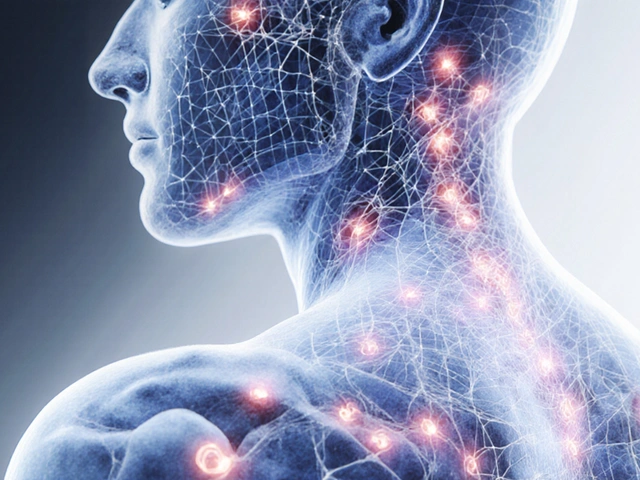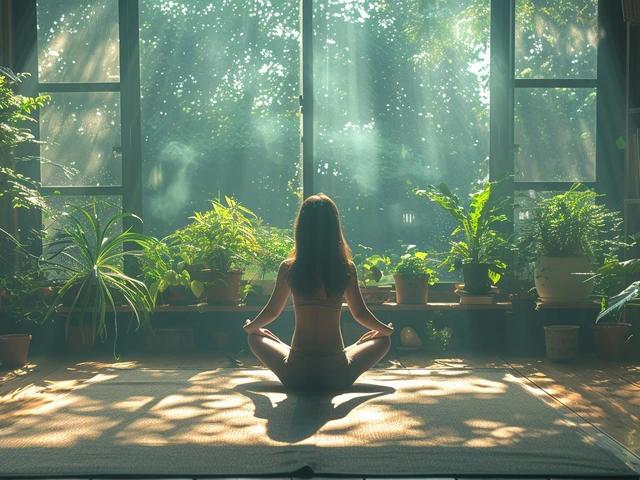Lomi Lomi Massage: A Traditional Hawaiian Healing Practice for Modern Stress
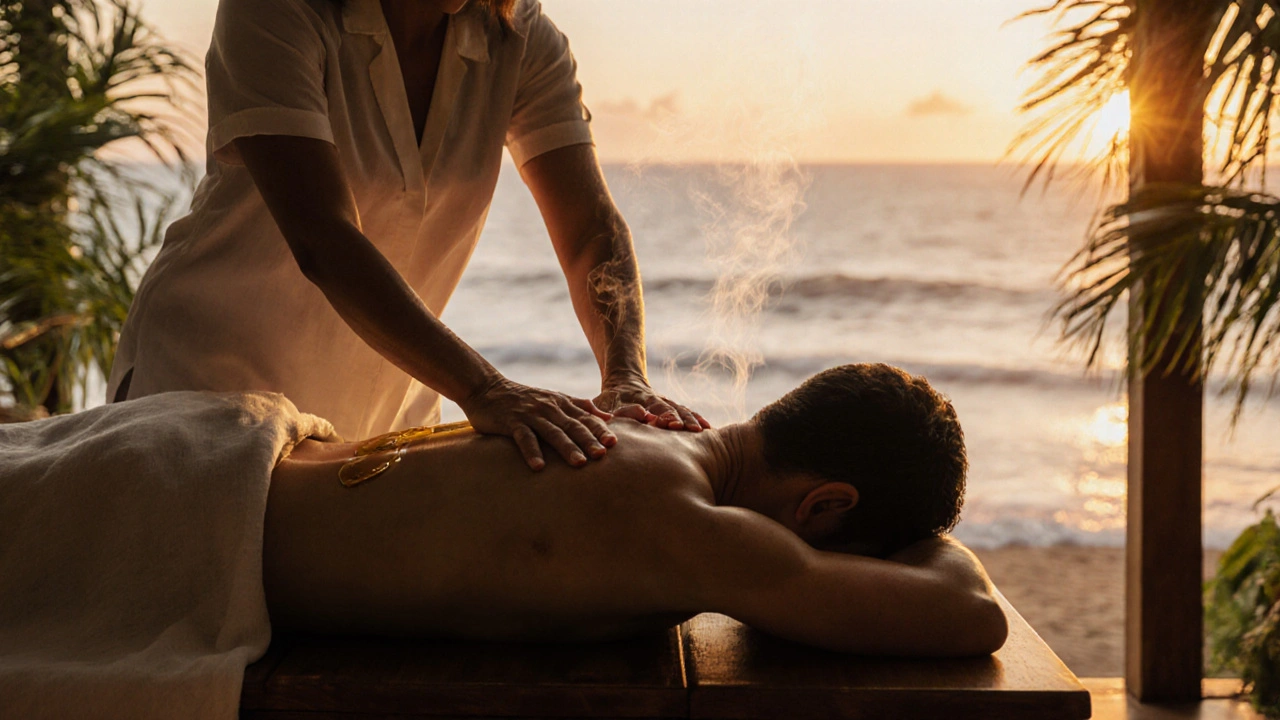
Lomi Lomi Stress Assessment Tool
Imagine a massage that doesn’t just loosen tight muscles-it rewires how your body remembers stress. That’s the heart of lomi lomi massage, a healing tradition from Hawaii that’s been passed down for generations. Unlike Swedish or deep tissue massage, lomi lomi isn’t about fixing one area. It’s about flowing through the whole body, like ocean waves over sand, releasing not just tension but emotional weight you didn’t even know you were carrying.
What Makes Lomi Lomi Different?
Lomi lomi isn’t just a technique. It’s a spiritual practice rooted in aloha-the Hawaiian concept of love, compassion, and interconnectedness. Practitioners don’t just use their hands. They use forearms, elbows, and sometimes even their feet, moving in long, rhythmic strokes that cover large areas of the body at once. The pressure is deep but never forced. It’s like being held, not manipulated.
The magic isn’t in the strength. It’s in the intention. Traditional lomi lomi practitioners, called kahuna lāʻau lapaʻau, begin each session with prayer. They ask for guidance from ancestors and the spirit of the land. This isn’t theater. It’s a belief system: healing happens when energy flows freely, and blocked energy comes from unprocessed grief, fear, or resentment.
Modern clinics might skip the prayers, but the core remains. The rhythm of the strokes mimics the ocean, the breath, the heartbeat. You don’t lie still-you’re moved with. Your arms, legs, torso, even your spine, are gently rocked and stretched in continuous motion. There are no sharp turns. No sudden pressure. Just flow.
The History Behind the Hands
Lomi lomi didn’t start in luxury spas. It was practiced by Hawaiian families for centuries. Grandmothers massaged their grandchildren. Healers worked with herbs, chants, and touch to restore balance after illness or injury. The word itself means “to rub, knead, or massage” in Hawaiian, but it also carries the meaning of “to lovingly restore.”
When Westerners arrived in Hawaii in the 1800s, they saw lomi lomi as primitive. They didn’t understand the spiritual layer. For decades, the practice faded, pushed underground by missionaries and colonial policies that banned native traditions. But in the 1970s, a few Hawaiian healers-like Momi and Pua Kanahele-began teaching it again, not as a curiosity, but as a living medicine.
Today, the most authentic lomi lomi still comes from families who’ve practiced it for generations. In Hawaii, you’ll find it in quiet homes, not resorts. Outside Hawaii, trained therapists often blend it with other modalities. But the real thing? It’s still passed down like a song-through touch, not textbooks.
How It Feels: More Than Just Relaxation
Most people expect a massage to feel good. Lomi lomi makes you feel seen.
During your first session, you might cry. Or laugh. Or fall into a silence so deep it feels like you’ve been asleep for days. That’s normal. Because lomi lomi doesn’t just work on muscles. It works on the nervous system. The long, continuous strokes activate the parasympathetic response-the body’s “rest and digest” mode. Your heart rate slows. Your breathing deepens. Cortisol drops.
One study from the University of Hawaii in 2022 tracked 87 people who received weekly lomi lomi sessions for six weeks. Participants reported a 42% average reduction in self-reported stress levels. But more interestingly, 68% said they felt “lighter emotionally”-even if they hadn’t talked about anything during the session.
That’s because lomi lomi doesn’t ask you to explain your pain. It just lets it move. The rhythm of the strokes helps the body release stored tension. It’s like shaking out a rug. You don’t need to know where the dirt is. You just shake, and it falls out.
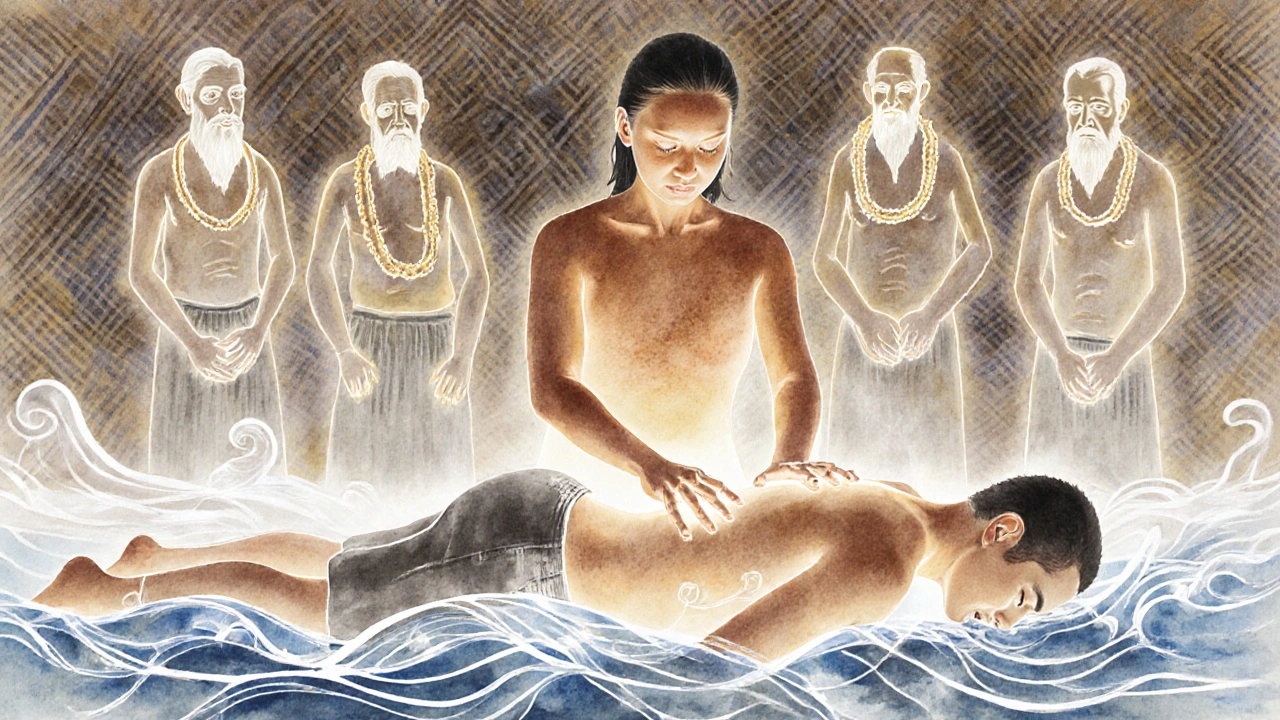
Who Benefits Most?
Lomi lomi isn’t for everyone-but it’s perfect for certain people.
- If you’re chronically tense but can’t pinpoint why, lomi lomi helps you feel the root, not just the symptom.
- If you’ve tried therapy but still carry physical tightness in your shoulders or jaw, this can unlock what words can’t reach.
- If you’re exhausted from overthinking, the rhythmic flow acts like meditation in motion.
- If you’re recovering from trauma, grief, or burnout, the non-invasive, nurturing touch can rebuild a sense of safety.
It’s not ideal for acute injuries, fractures, or infections. If you have severe osteoporosis or are in the first trimester of pregnancy, talk to your doctor first. But for emotional fatigue, anxiety, or just the slow creep of modern life wearing you down? It’s one of the most gentle, powerful tools available.
What to Expect in Your First Session
You’ll lie on a warm table, covered with a soft cloth. The room is quiet, maybe scented with coconut or ti leaf. The therapist will begin with a moment of stillness-just breathing, connecting. Then, the strokes start. Slow at first, like a tide coming in.
Oil is used-not just for glide, but as a symbol of nourishment. Traditional oils include coconut, kukui nut, or ti leaf-infused blends. The therapist will work from your feet up, then down your back, then around your arms and head. No pressure points. No deep tissue digging. Just continuous, flowing movement.
You might feel tingling, warmth, or sudden shifts in emotion. That’s the energy moving. Some people feel dizzy afterward. Others feel like they’ve been reset. Drink water. Rest. Don’t rush into your next meeting.
Most sessions last 60 to 90 minutes. One session can be transformative. But the real change comes with consistency. Like yoga or meditation, lomi lomi builds over time. Three sessions spaced a week apart often create a noticeable shift in how you carry yourself-physically and emotionally.
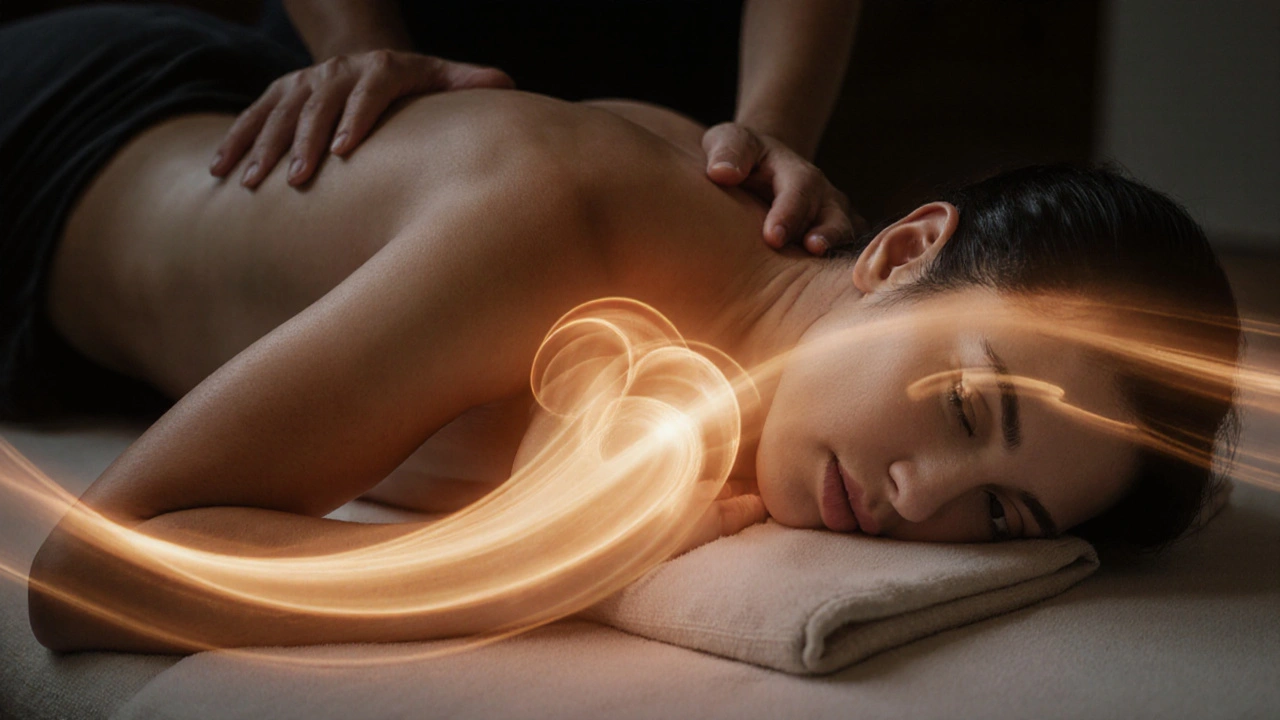
Where to Find Authentic Lomi Lomi
Not every “Hawaiian massage” is lomi lomi. Many spas slap on the name to charge more. Real lomi lomi has a rhythm you can’t fake. It’s not about technique-it’s about presence.
In Australia, look for therapists trained by Hawaiian lineages. Ask: “Were you trained by a kahuna or a family practitioner?” If they say “I took a weekend course,” keep looking. Authentic practitioners often have years of apprenticeship. They might not advertise loudly. Check wellness centers in Byron Bay, Melbourne’s inner north, or on the Sunshine Coast. Some work out of quiet studios, not resorts.
Online directories like the Hawaiian Healing Arts Association or International Lomi Lomi Network list certified practitioners. But the best referrals come from people who’ve felt the difference. Ask around. If someone says, “It changed how I sleep,” that’s your sign.
Why It Still Matters Today
We live in a world that rewards speed. We track steps, optimize sleep, and meditate for 5 minutes before scrolling again. But lomi lomi asks for something deeper: surrender.
It reminds us that healing isn’t always about doing more. Sometimes, it’s about letting go. Letting the body move. Letting emotions rise. Letting someone else hold space for you without asking you to explain.
That’s rare. And that’s why, in 2025, lomi lomi isn’t just a massage. It’s a quiet rebellion against the noise. A return to touch that doesn’t fix-it restores. A way to remember: you are not broken. You are simply holding too much. And sometimes, all you need is to be held.
Is lomi lomi massage painful?
No, lomi lomi is not meant to be painful. Unlike deep tissue massage, it uses steady, flowing pressure that adapts to your body’s response. You should feel warmth, release, and deep relaxation-not sharp pain. If you feel discomfort, let your therapist know-they’ll adjust the rhythm or pressure immediately.
How often should I get a lomi lomi massage?
For general stress relief, once a month is enough. If you’re dealing with chronic tension, anxiety, or recovery from emotional trauma, weekly or biweekly sessions for 4-6 weeks can create lasting change. After that, you can taper to monthly maintenance. Think of it like watering a plant-you don’t need to drench it every day, but consistent care makes the roots stronger.
Do I need to talk during the session?
No. In fact, silence is encouraged. Lomi lomi works best when your mind isn’t analyzing or explaining. You’re there to receive, not perform. If you feel like talking, you can. But most people find that words aren’t needed. The touch speaks for itself.
Can lomi lomi help with anxiety or depression?
Yes, many people report reduced anxiety and improved mood after regular sessions. While it’s not a replacement for therapy or medication, lomi lomi helps regulate the nervous system, lowers cortisol, and creates a sense of safety and connection. For those who struggle to verbalize their feelings, it offers a non-verbal path to emotional release.
What should I wear during a lomi lomi massage?
You’ll be covered with a cloth or towel, and only the area being worked on is exposed. Most people wear underwear, but some prefer to be fully draped. Your comfort comes first. The therapist will ensure you’re never exposed unnecessarily. The focus is on touch, not nudity.



